Spring Road Trips in Germany: 5 Scenic Drives & Easter Markets
By: Eran Fulson / Traveler, writer, and curious observer of all things German.
Published: February 13, 2025
Spring in Germany is underrated. Everyone fawns over autumn leaves or Christmas markets, but spring? It’s got blooming landscapes, fewer tourists, and—most importantly—Easter markets. So if you’re looking for an excuse to hit the road, here are some of the best spring road trips in Germany, with carefully plotted stops at charming Ostermärkte (Easter Markets) along the way.
1. The Bavarian Romantic Road (With a Side of Easter Cheer)
Route: Würzburg → Rothenburg ob der Tauber → Dinkelsbühl → Augsburg → Füssen (Neuschwanstein Castle)
The traditional Romantic Road route and its 29 stops would take between 10-14 days to fully experience. My slightly more efficient itinerary further down checks in on the highlights without feeling rushed.
Why This Route?
This is one of Germany’s most famous road trips, and it’s especially stunning in spring. Think half-timbered towns, medieval charm, and rolling hills—all with fewer people clogging up your Instagram shots.
Easter Market Stop:
- Rothenburg ob der Tauber: The town looks like it was built for fairy tales, and their Easter market (aka: Spring Awakening) features classic decorations like hand-painted eggs and spring wreaths. Held from March 22 to April 30, 2025.
Bonus Tip: Visit Neuschwanstein Castle before peak tourist season kicks in. Even in April, it’s magical—just bring a jacket and an umbrella for backup.
 Rothenburg
Rothenburg Augsburg
Augsburg Neuschwanstein Castle
Neuschwanstein Castle
How Long You Actually Need for These Bavarian Stops:
Würzburg (1–2 Days)
- 1 day: Start with the Würzburg Residence (UNESCO says it’s important, and it actually is), then head to Marienberg Fortress for some views. Walk across the Old Main Bridge and pretend you’re here for the architecture, not the wine.
- 2 days: More time means a deeper dive—check out the cathedral, take a winery tour, or just soak in the Franconian vibes at a slower pace.
Rothenburg ob der Tauber (1–2 Days)
- 1 day: Walk the medieval walls, visit St. James’s Church, and take your Plönlein photo (because everyone does). The Night Watchman’s Tour is one of the few guided tours that’s actually entertaining, so it’s worth sticking around for.
- 2 days: If you want more time to explore, visit the Crime Museum (medieval justice was…creative) or spend extra time in the Christmas store that’s open year-round.
Dinkelsbühl (½–1 Day)
- ½ day: A smaller, less touristy version of Rothenburg. Walk the town walls, visit St. George’s Minster, and admire the colorful medieval houses.
- 1 full day: Stay longer if you enjoy relaxed exploration, local museums, or just want a slower-paced break from the busier stops.
Augsburg (1–2 Days)
- 1 day: Highlights include the Fuggerei (Europe’s oldest social housing complex), the Rathaus, and the Augsburg Cathedral. It’s one of Germany’s oldest cities, so there’s plenty of history to absorb.
- 2 days: If you like quirky museums, check out the Augsburg Puppet Theatre Museum. Or take a relaxed stroll through the Botanic Gardens and enjoy a break from cobblestone streets.
Füssen & Neuschwanstein Castle (1–2 Days)
- 1 day: Neuschwanstein is the main event—do the tour, check out Hohenschwangau Castle, and take in the Alpsee views. It’s busy but worth seeing at least once.
- 2 days: If you want to explore beyond the castles, Füssen’s old town has its own charm. Consider a trip to Linderhof Palace, Ludwig II’s finished (and much smaller) masterpiece.
Final Verdict:
- Fast track: 4–5 days. Enough time to see everything, but you’ll be on the move constantly.
- Best experience: 7–9 days. More time to take in the details, enjoy the regional food, and not feel rushed.
2. Saxony’s Cultural Triangle: Dresden, Leipzig & Görlitz
Route: Dresden → Leipzig → Görlitz
Why This Route?
This one’s for history buffs and architecture lovers. Dresden and Leipzig are packed with culture, and Görlitz—Germany’s best-preserved medieval town—will make you wonder why Hollywood hasn’t filmed more there (spoiler: it has).
Easter Market Stop:
- Dresden’s Ostermarkt: Held on Altmarkt square, it’s famous for traditional Sorbian Easter eggs—intricately decorated using wax and dye techniques that put your childhood Easter egg attempts to shame. Dates TBC.
- Leipzig’s Spring Market: More of a hybrid between a spring fair and an Easter market, but you’ll still find seasonal crafts and delicious local snacks. Held April 12 to 13, 2025.
Bonus Tip: Grab a piece of Leipziger Lerche, a marzipan-filled pastry originally meant to replace actual lark meat when hunting them was banned. (You’re welcome, birds.)
 Dresden
Dresden Leipzig
Leipzig
How Long You Actually Need for Saxony:
Dresden (2–3 Days)
- 2 days: Start with the must-sees—Zwinger Palace, Frauenkirche, and the Semperoper. Walk along the Brühl’s Terrace, visit the Green Vault if you like over-the-top royal treasures, and admire the Fürstenzug (a giant porcelain mural of Saxon rulers because why not).
- 3 days: Take a day trip to Pillnitz Palace, explore more museums, or head over to the alternative scene in Neustadt, where street art and indie cafés make up for the city's royal excess. If you like Baroque architecture, you won’t run out of things to look at.
Leipzig (1–2 Days)
- 1 day: Check out the St. Thomas Church, where Bach worked (and where he’s buried, in case that interests you). Visit the Monument to the Battle of the Nations, which is absurdly large but historically important. Walk around the old town and see Mädler Passage for a mix of history and shopping.
- 2 days: Add the Spinnerei art district, visit the GRASSI Museum, or take a relaxed break at Clara-Zetkin-Park. If you’re into music history, there are plenty of Bach, Wagner, and Mendelssohn-related sites to track down.
Görlitz (1–2 Days)
- 1 day: Walk through the Altstadt, which looks like a movie set (because it basically is—Hollywood loves filming here). Admire the Görlitz Department Store, a stunning Art Nouveau building, and cross the pedestrian bridge into Poland just because you can.
- 2 days: If you like slow travel, stay longer to explore the quirky museums, visit the St. Peter and Paul Church, and enjoy the ridiculously well-preserved medieval and Renaissance architecture. This is a town best enjoyed without rushing.
Final Verdict:
- Fast track: 4–5 days. You’ll see everything major but won’t have time to linger.
- Best experience: 6–7 days. Enough time to soak in the details, explore at a relaxed pace, and maybe even enjoy a second coffee without checking the time.
3. The Black Forest Scenic Route
Route: Baden-Baden → Triberg → Freiburg im Breisgau
Why This Route?
Cuckoo clocks, waterfalls, and winding roads that beg for a convertible. Spring makes the Black Forest feel like something out of a storybook—lush, green, and refreshingly free of snowdrifts.
Easter Market Stop:
- Freiburg’s Easter Market: Held on Münsterplatz, this market offers beautiful spring decorations, fresh flowers, and some of the best Black Forest ham you’ll ever taste. Dates TBC.
Bonus Tip: Stop by Triberg to see one of Germany’s most famous waterfalls and pick up a cuckoo clock if you want something that will haunt you at 2 AM.
 Baden-Baden
Baden-Baden Triberg
Triberg Freiburg
Freiburg
How Long You Actually Need for the Black Forest:
Baden-Baden (1–2 Days)
- 1 day: Stroll through the Lichtentaler Allee, a fancy-sounding park that’s genuinely beautiful. Peek into the Kurhaus Casino (or gamble if you feel lucky), and visit the Caracalla Spa or Friedrichsbad for some thermal bath time—because that’s what Baden-Baden is all about.
- 2 days: If you enjoy hiking, head to the Merkur Mountain via funicular for some Black Forest views. Or, if you'd rather embrace the old-money spa town vibe, spend more time in the thermal baths and pretend you’re European aristocracy.
Triberg (½–1 Day)
- ½ day: This is basically the cuckoo clock capital of the world, so expect lots of them. Check out Triberg Waterfalls (Germany’s highest, though they’re not exactly Niagara), visit the Black Forest Museum, and stop by Haus der 1000 Uhren (because what’s a few more cuckoo clocks?).
- 1 full day: If you really want to lean into the Black Forest experience, explore nearby hiking trails, try Schwarzwälder Kirschtorte (Black Forest cake) in its natural habitat, and visit the world’s largest cuckoo clock—which, yes, is a thing people come here to see.
Freiburg im Breisgau (1–2 Days)
- 1 day: Start in the Altstadt, checking out the Münster (stunning cathedral with a great market outside). Walk along the Bächle (tiny medieval water channels in the streets that locals still love), and head up to Schlossberg for a view of the city and surrounding vineyards.
- 2 days: Take your time wandering through Freiburg’s relaxed café scene, visit the Augustiner Museum, or take a short trip to the Schauinsland cable car for even better views. Freiburg is a university town, so it’s lively, but it also happens to be one of Germany’s sunniest cities—so if the weather’s good, enjoy it.
Final Verdict:
- Fast track: 3 days. You’ll see everything essential but won’t have much downtime.
- Best experience: 4–5 days. Enough time to soak in the spa town luxury, get your fill of cuckoo clocks, and enjoy Freiburg’s laid-back vibe.
4. Northern Germany’s Coastal Drive
Route: Hamburg → Lübeck → Rostock → Rügen Island
Why This Route?
If you’re looking for a coastal breeze and fresh seafood, this is the drive for you. Northern Germany may not have the Alps, but it does have stunning Baltic beaches and charming Hanseatic towns.
Easter Market Stop:
- Lübeck’s Ostermarkt: Lübeck is already famous for its marzipan, but at Easter, you can find adorable marzipan animals alongside traditional Easter crafts. Dates TBC.
- Rostock Easter Market: A mix of food stalls and crafts, with a maritime twist—expect fresh fish sandwiches along with your painted eggs. Held April 4 to 21, 2025.
Bonus Tip: Drive out to Rügen Island, Germany’s largest island, to see the stunning chalk cliffs and experience an eerily quiet seaside retreat before summer tourists arrive.
 Hamburg
Hamburg Lübeck
Lübeck Rügen Island
Rügen Island
How Long You Actually Need for the Hanseatic:
Hamburg (2–3 Days)
- 2 days: Start at the Speicherstadt (UNESCO-listed warehouse district) and take in the Elbphilharmonie—even if you don’t care about architecture, the views are solid. Walk along the Landungsbrücken, check out the St. Michael’s Church, and maybe visit the Miniatur Wunderland if impressively detailed model trains are your thing.
- 3 days: Add a harbor boat tour, spend time in Planten un Blomen (a park that’s way more relaxing than the city’s industrial vibes), or get lost in Schanzenviertel for cool shops and street art. If you’re feeling adventurous, the Reeperbahn is Hamburg’s notorious nightlife district—worth seeing, even if just for the people-watching.
Lübeck (1 Day)
- 1 day: Lübeck is basically a brick Gothic time capsule. Walk through the Holstentor (the city’s iconic medieval gate), explore the Altstadt, and visit St. Mary’s Church. Lübeck is also the marzipan capital of the world, so you might as well stop by Café Niederegger to see what all the fuss is about.
Rostock (½–1 Day)
- ½ day: A quick stop in the Altstadt to see the Marienkirche, the astronomical clock inside, and the university area. If you’re just passing through, this is enough.
- 1 full day: If you want to explore more, head to Warnemünde, a beach town just outside Rostock. It’s got a lighthouse, a long sandy beach, and a relaxed vibe—especially in summer.
Rügen Island (1–2 Days)
- 1 day: The highlight is Jasmund National Park, home to the famous chalk cliffs that inspired Romantic painters. Visit Binz, a seaside resort town with old-school beach charm, or take the Rasender Roland, a steam-powered narrow-gauge railway that’s equal parts nostalgic and touristy.
- 2 days: More time means checking out the island’s quieter spots like Kap Arkona (a scenic lighthouse area) or exploring Sellin with its picturesque pier. If you like long coastal walks, Rügen delivers.
Final Verdict:
- Fast track: 4–5 days. You’ll see the highlights, but it’ll be a lot of moving around.
- Best experience: 6–7 days. More time to soak up Hamburg’s energy, Lübeck’s medieval charm, and Rügen’s coastal scenery without rushing.
5. The Ultimate Fairytale Road Trip: The German Fairy Tale Route (Alternate Version)
Route: Hanau → Kassel → Marburg → Bremen
This one needs a little disclaimer—the official German Fairy Tale Route is extensive and all-encompassing, with 50+ towns and villages along the way. Conservatively speaking, it would take around 2-3 weeks to complete. My "alternate version" covers the highlights of the route in approximately 5-6 days. Because, you know, efficiency.
Why This Route?
Germany’s Fairy Tale Route is based on the Brothers Grimm stories, so expect mysterious forests, castle ruins, and a lot of places that look straight out of a bedtime story (minus the lurking wolves—hopefully).
Easter Market Stop:
- Bremen’s Osterwiese: More of a spring fair than a traditional Easter market, but it has plenty of rides, local delicacies, and, of course, beer. Because Germany. Held from April 11 to 27, 2025
Bonus Tip: If you stop in Hamelin (yes, home of the Pied Piper), try to resist making rat jokes. The locals have heard them all.
 Hanau
Hanau Kassel
Kassel Bremen
Bremen
How Long You Actually Need for this Fairy Tale Route:
Hanau (½ Day – 1 Day)
- ½ day: Hanau’s main claim to fame is the Brothers Grimm—you’ll find statues, references, and the Grimm Brothers National Monument in the Marktplatz. If you’re passing through, that plus the Philippsruhe Palace (a baroque riverside mansion) is enough.
- 1 full day: If you’re a serious Grimm enthusiast, visit the Wilhelmsbad historic park and the Grimm’s Fairy Tale Route stops in town. Otherwise, Hanau is mostly a starting point.
Kassel (1–2 Days)
- 1 day: Kassel’s highlight is Bergpark Wilhelmshöhe, a massive, UNESCO-listed park with the Hercules Monument, cascading waterfalls, and Wilhelmshöhe Palace. If you’re not into landscapes or old palaces, Kassel might not be your scene.
- 2 days: Visit the Grimmwelt Museum, which leans heavily into the Brothers Grimm connection. If you like modern art, check out Documenta Halle, linked to the famous Documenta contemporary art exhibition. Otherwise, extra time here just means more park wandering.
Marburg (1 Day)
- 1 day: This is one of Germany’s best-preserved university towns, and it has the kind of storybook medieval old town that feels like a film set. Climb up to Marburg Castle, wander the Oberstadt, and visit the Elisabethkirche, which is actually pretty important historically. If you’re following the Brothers Grimm theme, they studied here, and you’ll find a Grimm-themed walking trail through town.
Bremen (1–2 Days)
- 1 day: Start at the Marktplatz, where the Town Hall and Roland Statue scream UNESCO. Take your obligatory photo with the Bremen Town Musicians statue, then explore the Schnoorviertel, a ridiculously picturesque medieval district. Walk along the Böttcherstraße, an artsy street that looks straight out of an old German expressionist film.
- 2 days: If you like maritime history, visit the Übersee-Museum. Or, if you just want to hang out somewhere cool, spend more time in the Viertel, Bremen’s trendy café and nightlife area. More time also means a boat tour along the Weser, if that’s your thing.
Final Verdict:
- Fast track: 3–4 days. You’ll cover the essentials, but you’ll be moving quickly.
- Best experience: 5–6 days. More time to enjoy the details—especially in Kassel’s parks and Bremen’s old town—without rushing.
Final Thoughts
Spring in Germany is the perfect time for a road trip—mild weather, blooming landscapes, and Easter markets that give you the perfect excuse to stop in charming towns along the way. Whether you’re after fairytale castles, coastal drives, or historic cities, there’s a route for you.
So pack your bags, put on a playlist that makes you feel like the main character, and get ready for a road trip filled with half-timbered towns, oversized pretzels, and, hopefully, no traffic jams.
And if you come home with way too many painted eggs and an impractically large cuckoo clock? Well, you did it right.
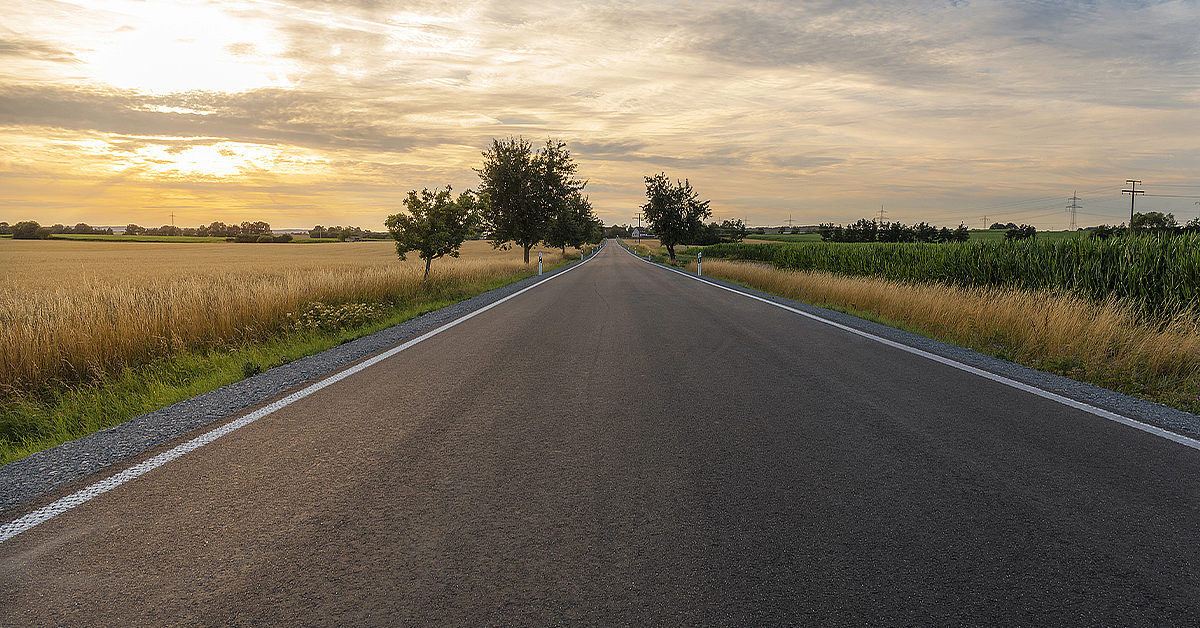
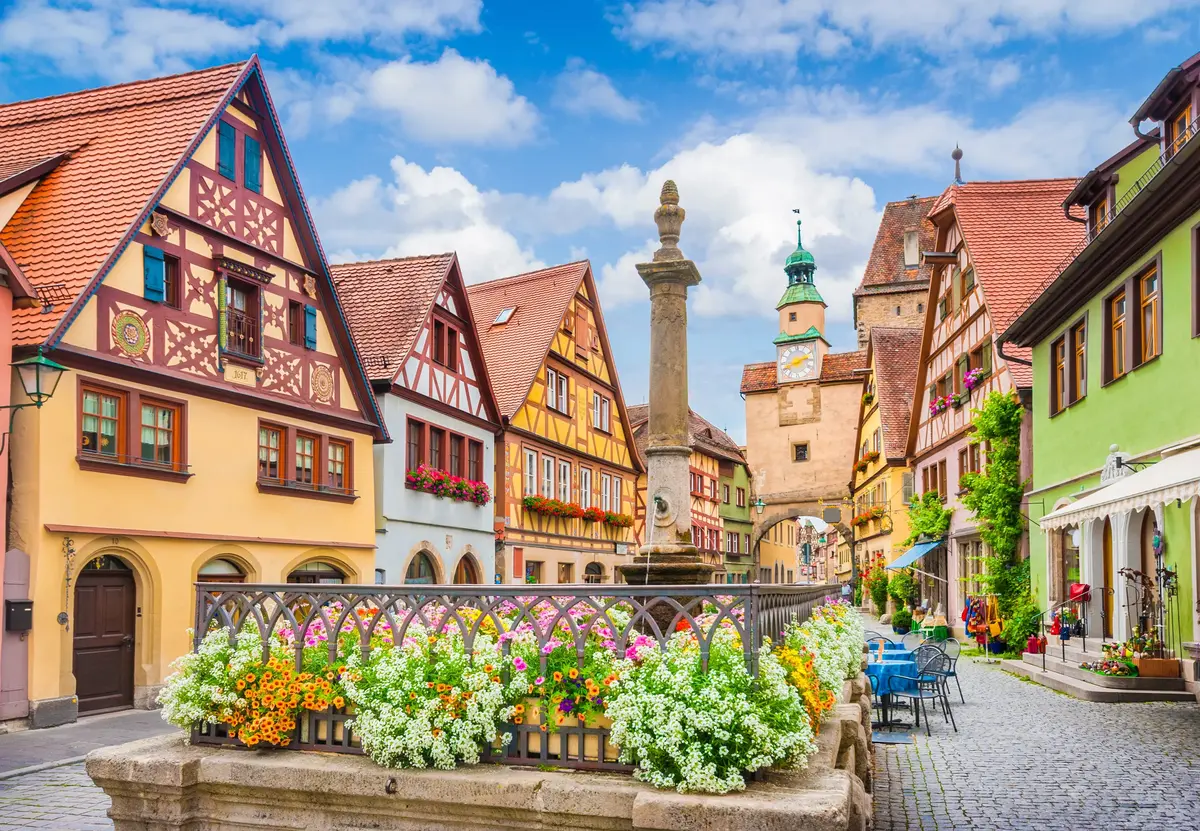 Rothenburg
Rothenburg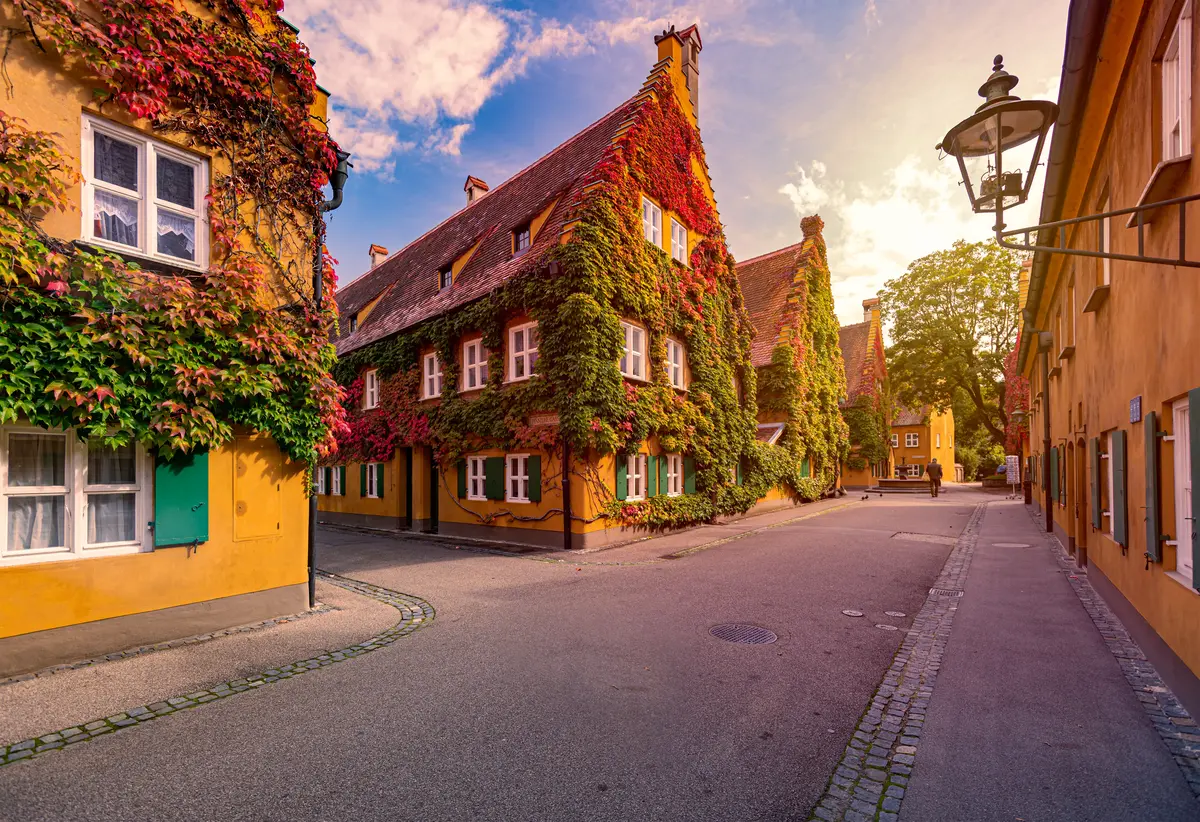 Augsburg
Augsburg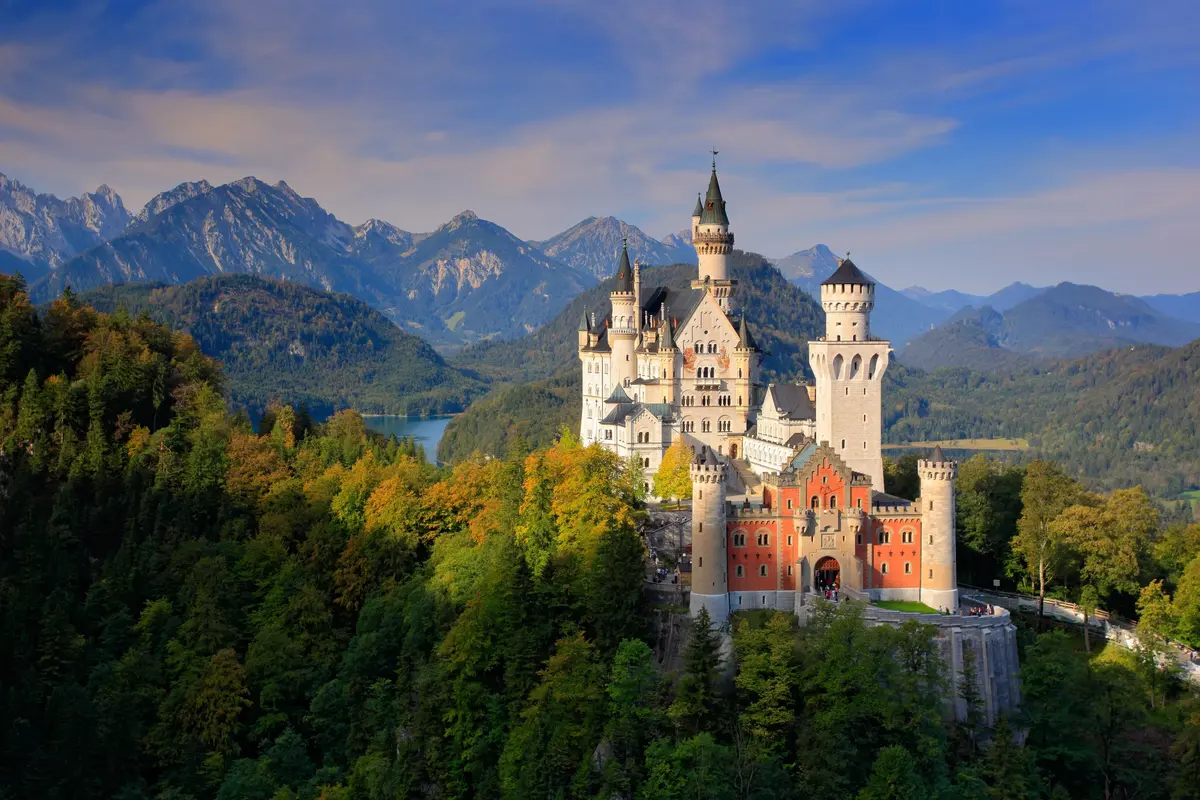 Neuschwanstein Castle
Neuschwanstein Castle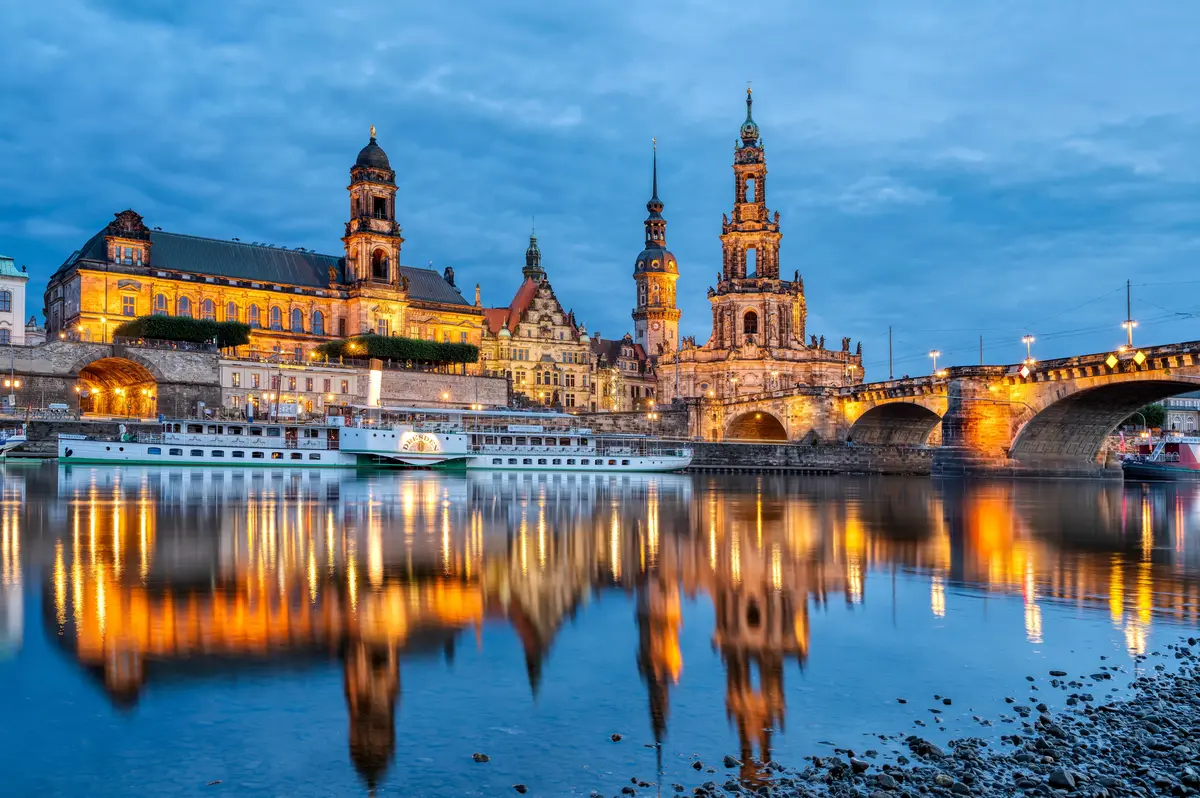 Dresden
Dresden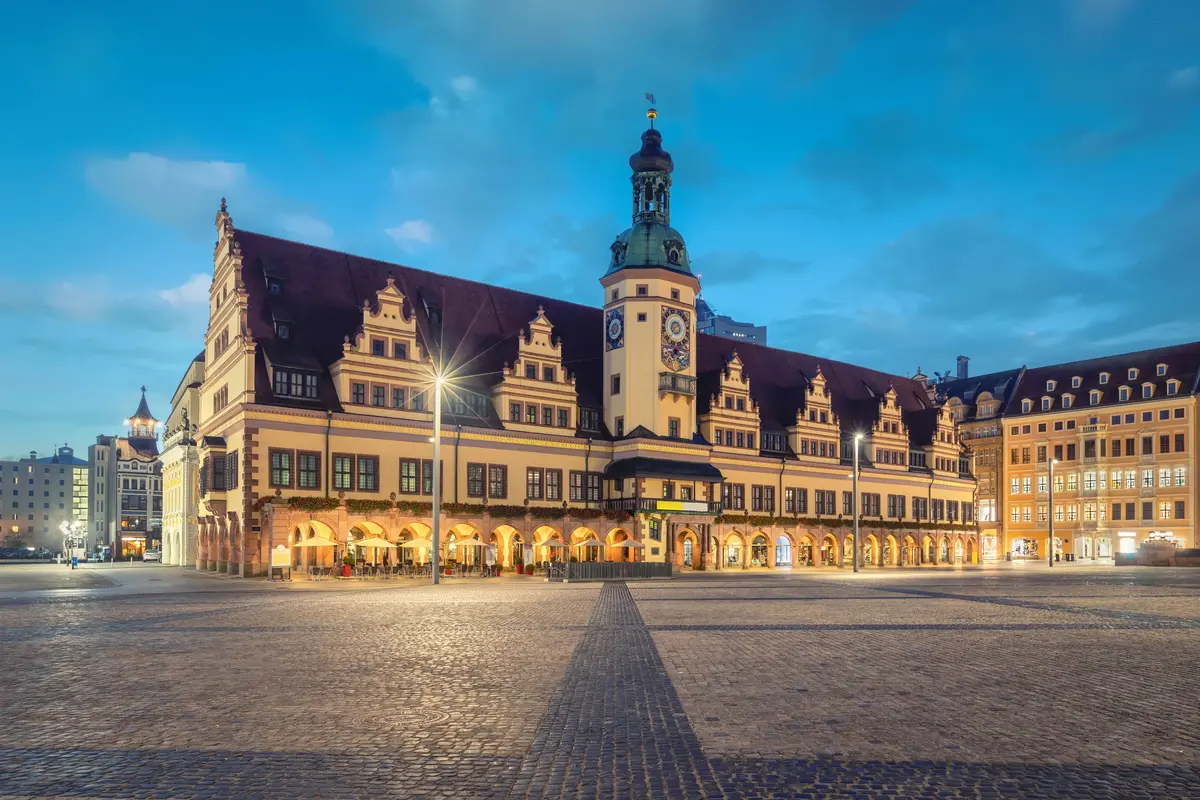 Leipzig
Leipzig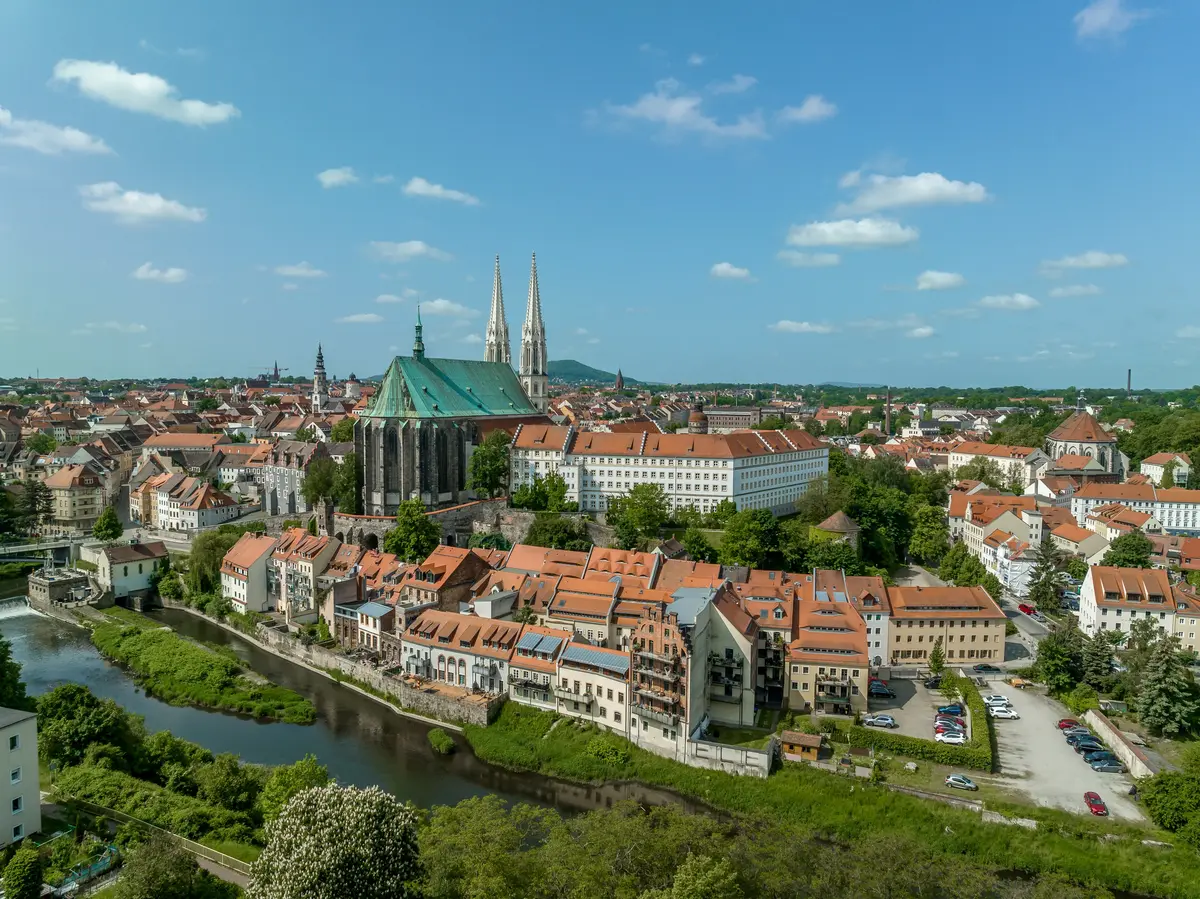
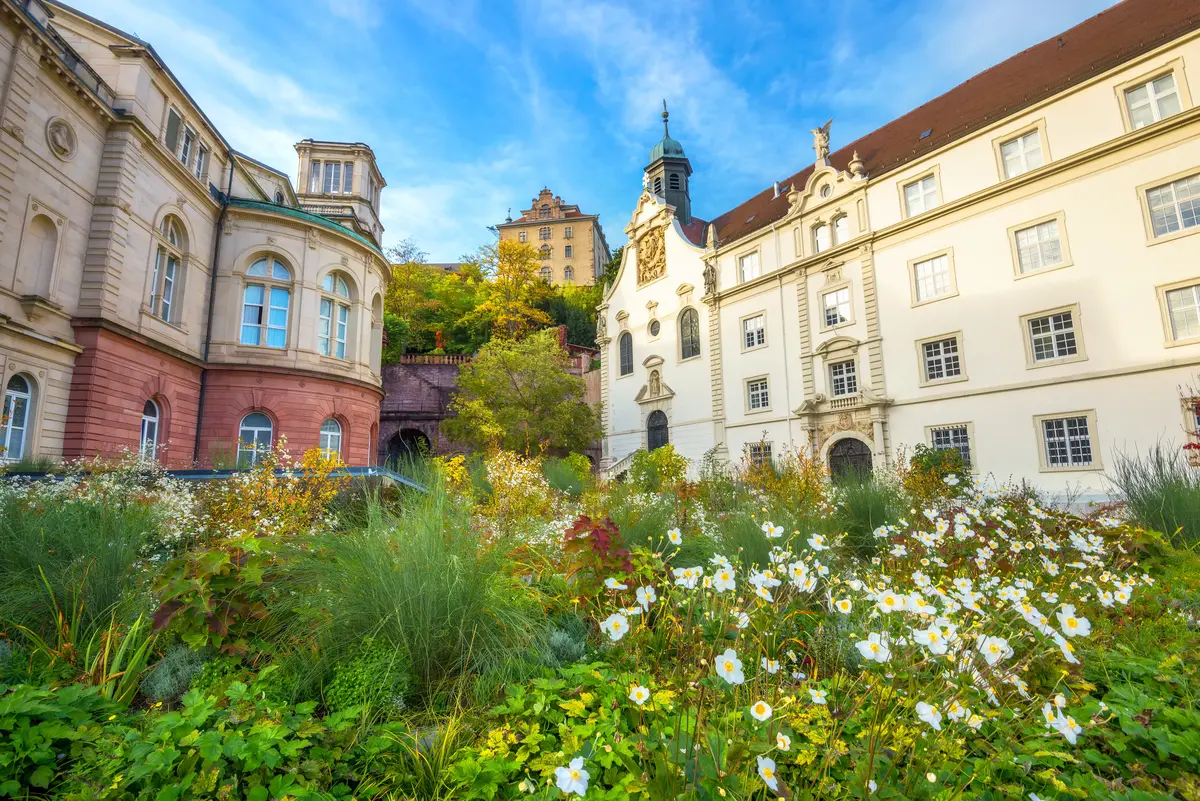 Baden-Baden
Baden-Baden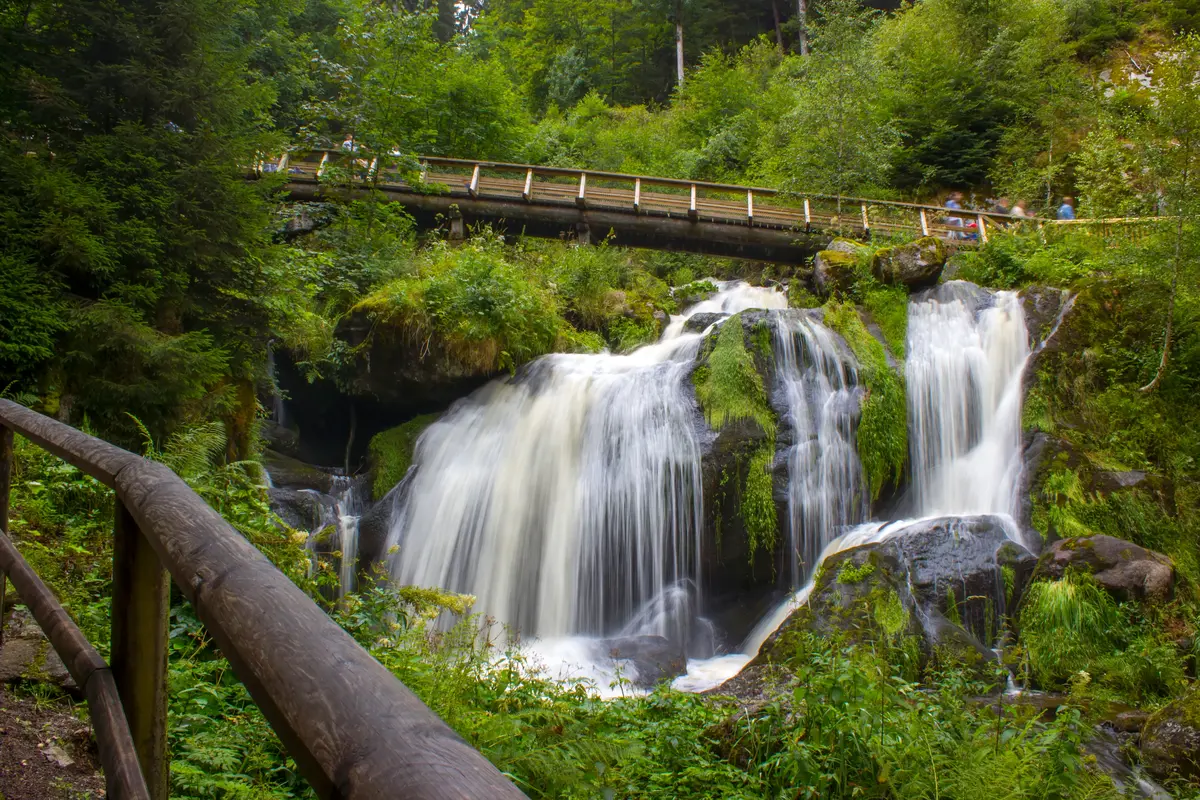 Triberg
Triberg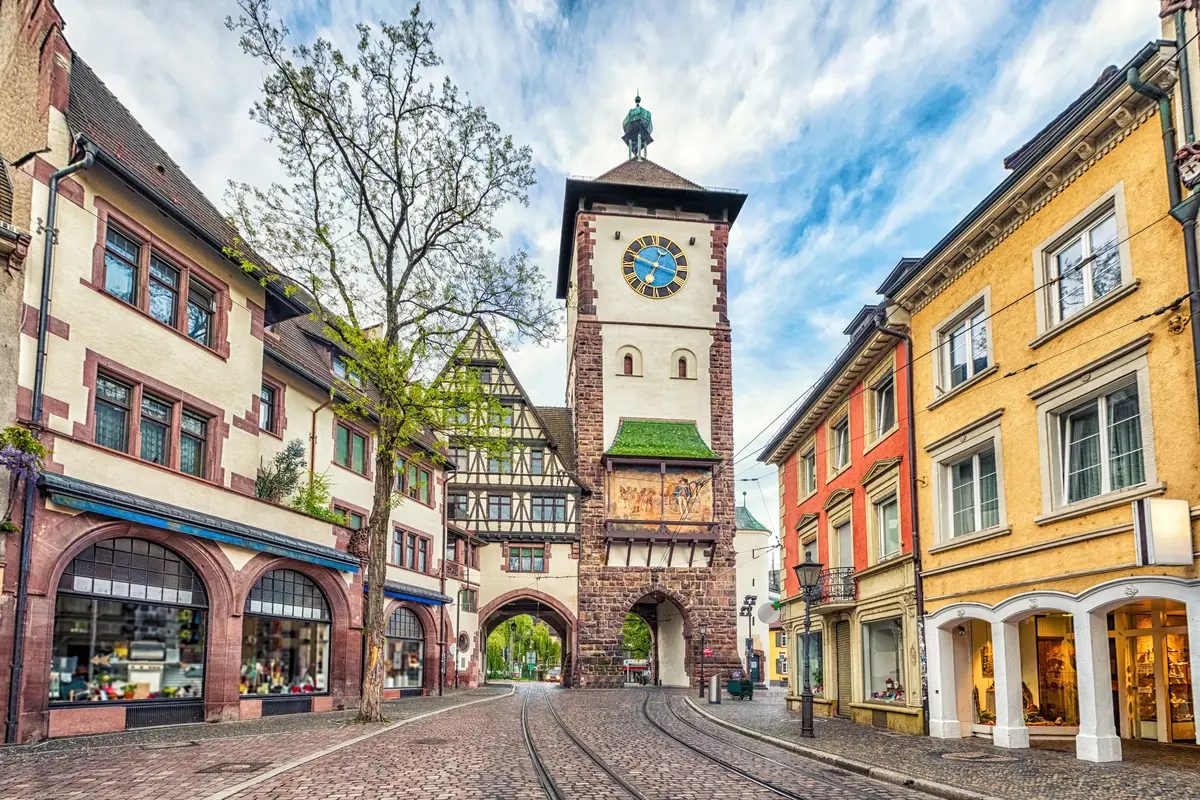 Freiburg
Freiburg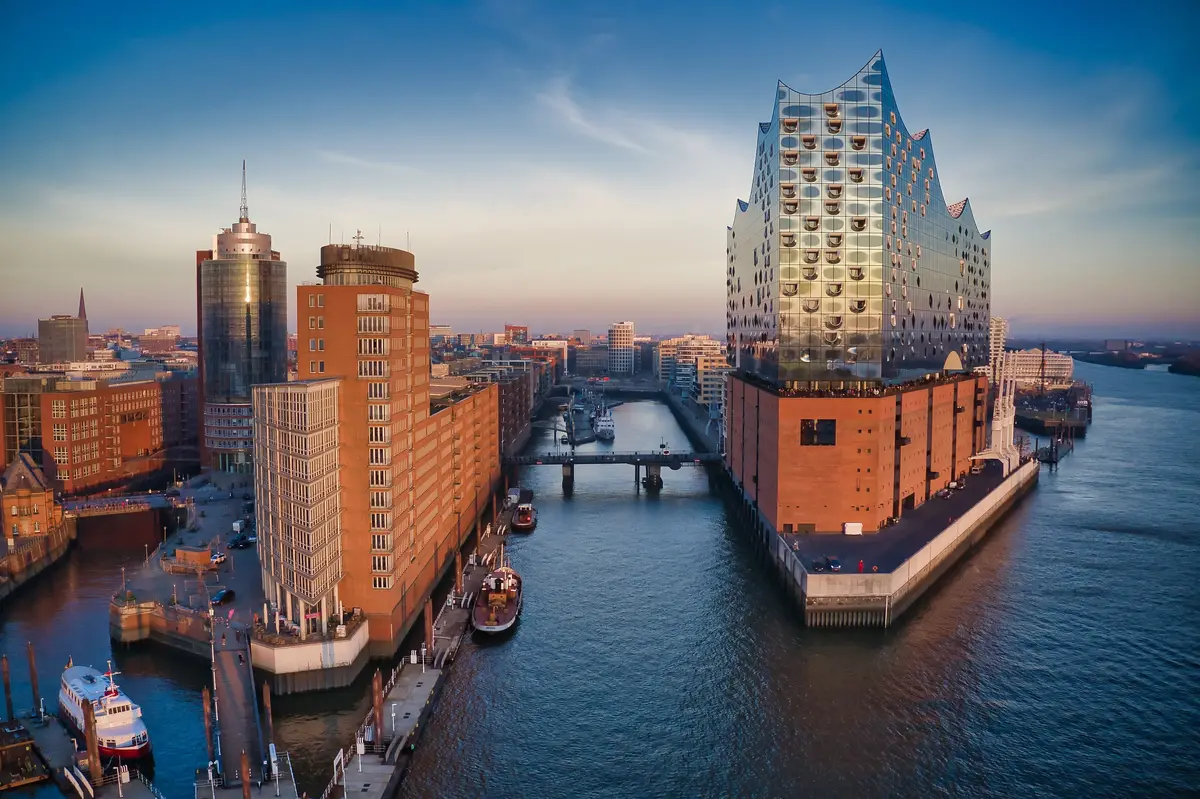 Hamburg
Hamburg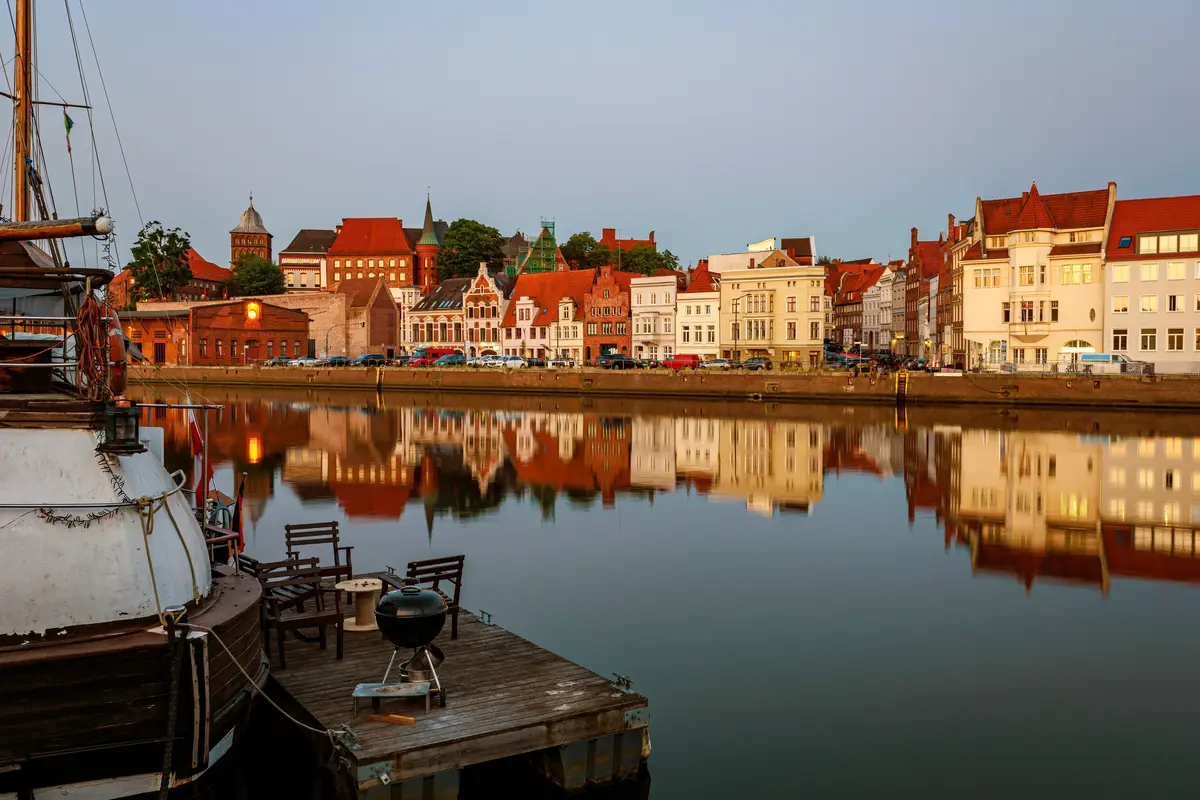 Lübeck
Lübeck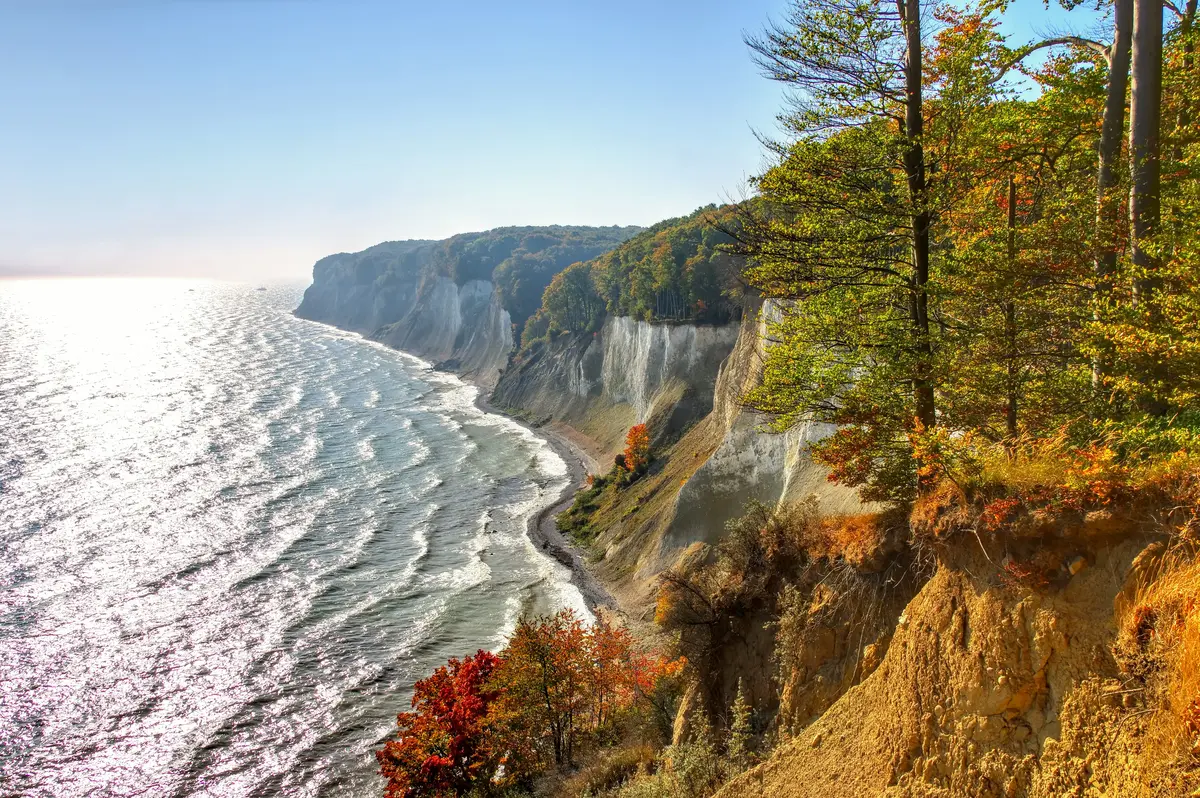 Rügen Island
Rügen Island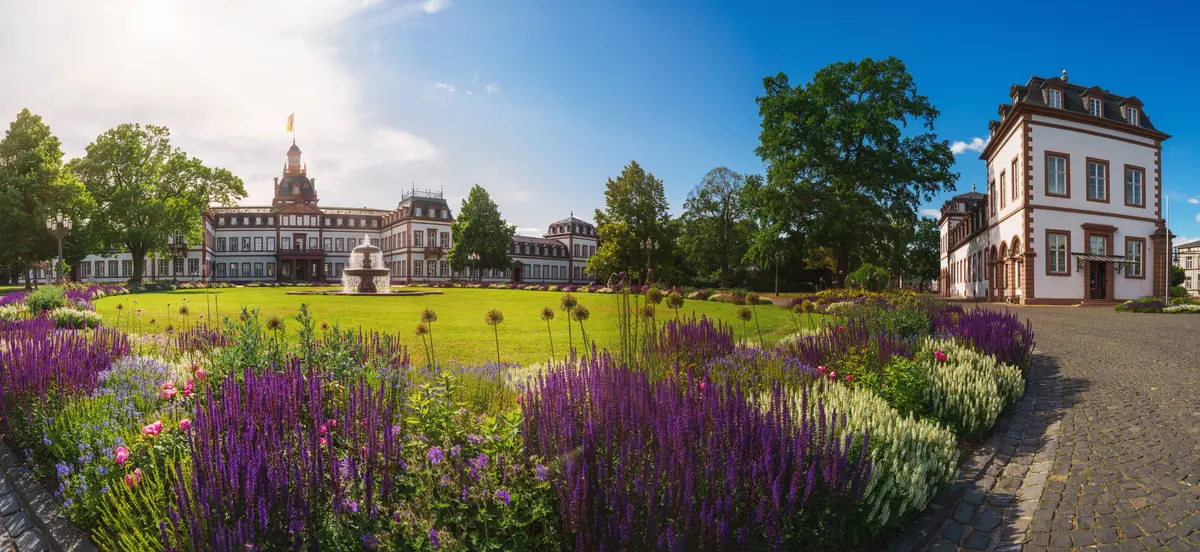 Hanau
Hanau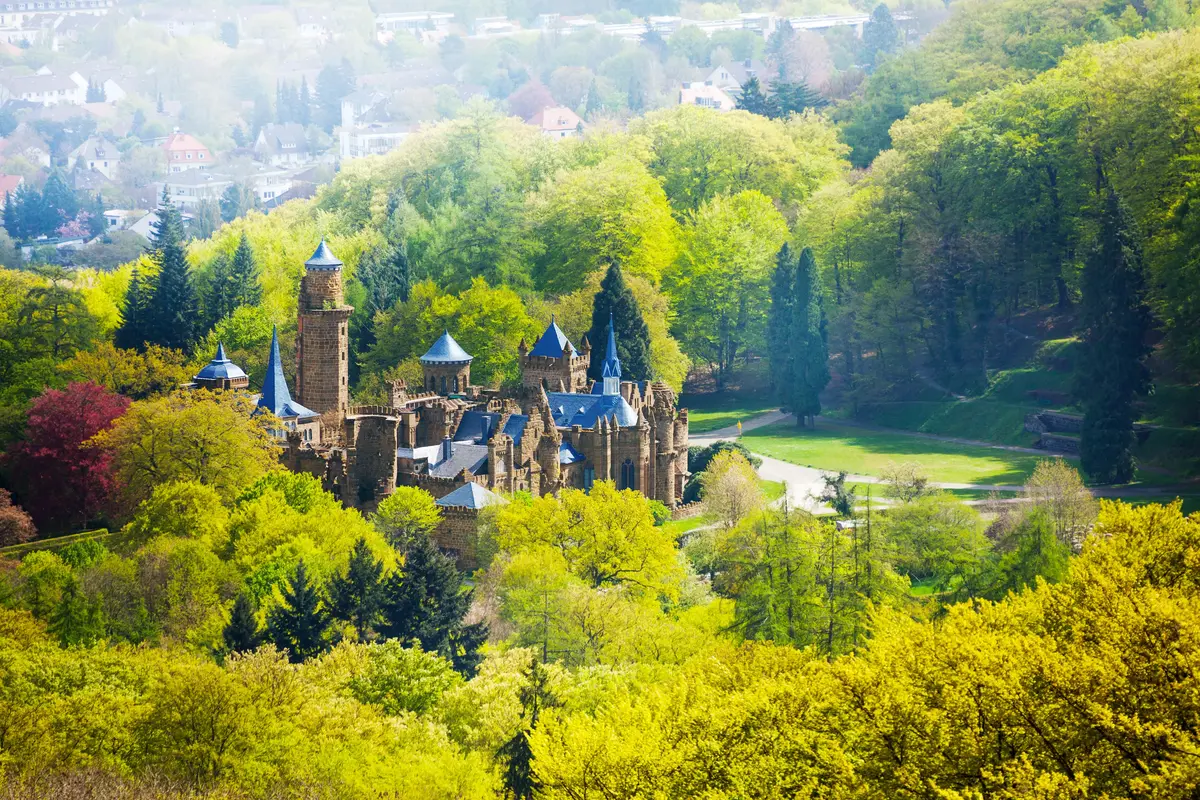 Kassel
Kassel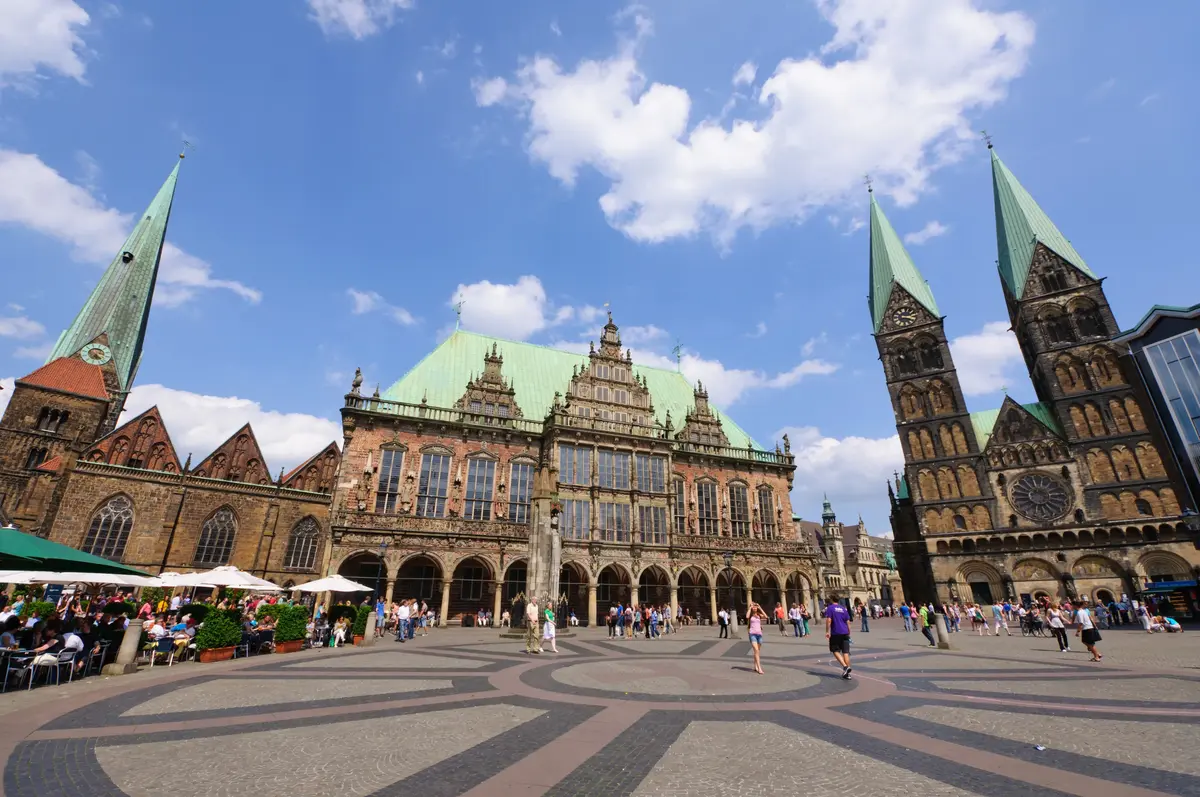 Bremen
Bremen























